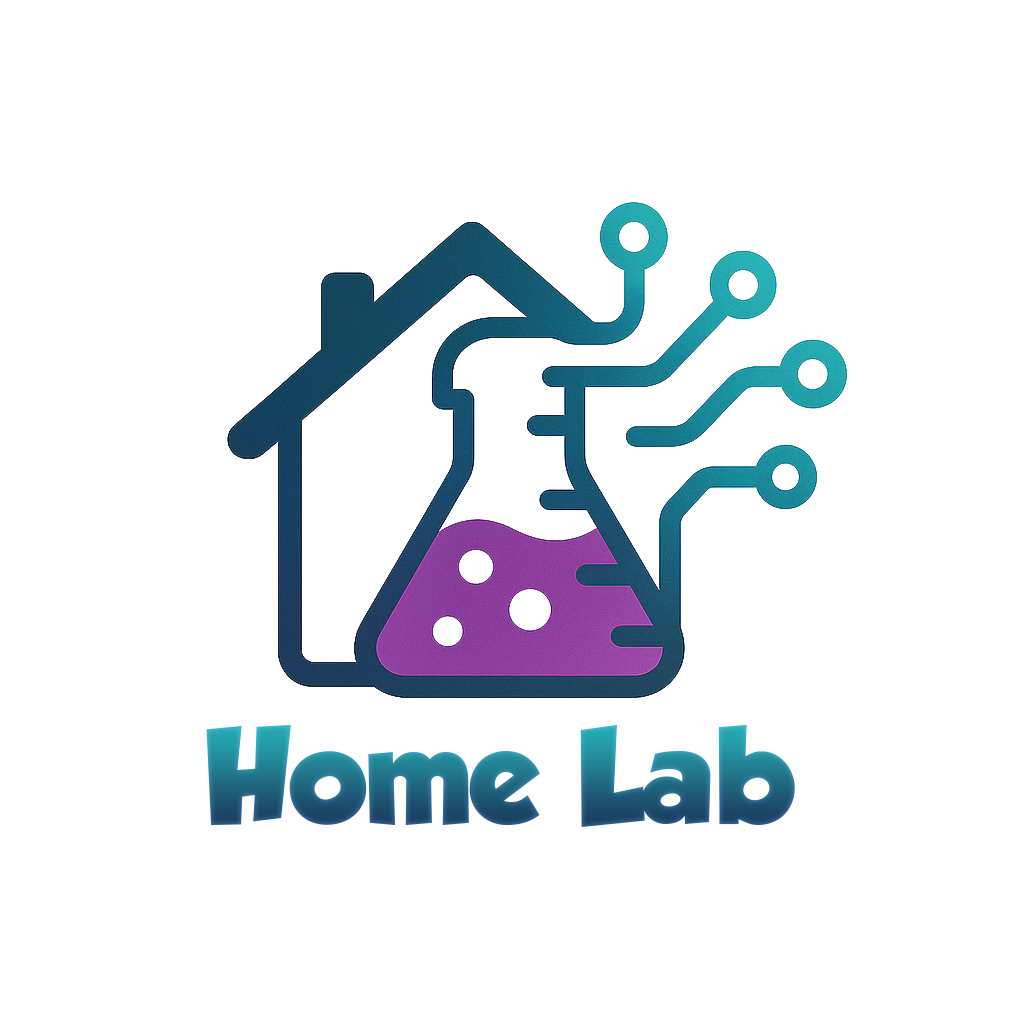Distributed SQL query engine designed for high-performance and scalability in analytics.
| Official website: | https://trino.io/ |
|---|---|
| Home Lab: | https://trino.logu.au/ |

Introduction:
In the dynamic landscape of data analytics and processing, Trino emerges as a formidable force, transforming the way organizations query and analyze their data. Formerly known as PrestoSQL, Trino is an open-source, distributed SQL query engine designed for high-performance data processing across a multitude of data sources. Let’s delve into the world of Trino and explore how it’s redefining the way we interact with and derive insights from our data.
Understanding Trino:
Trino is built to handle the challenges of querying vast amounts of data distributed across various sources. Its architecture allows users to query data where it resides, eliminating the need for time-consuming data movement and duplication. Trino’s ability to federate queries across multiple data storage systems makes it a versatile and powerful tool for organizations dealing with diverse and distributed data ecosystems.
Key Features:
-
Distributed Query Processing: Trino’s distributed architecture enables parallel query execution across multiple nodes, optimizing performance and reducing query response times. This is particularly beneficial when dealing with large datasets distributed across different storage systems.
-
Connectivity: Trino supports a wide range of data sources, including traditional relational databases, NoSQL databases, cloud storage, and more. This flexibility allows organizations to seamlessly query and analyze data regardless of where it’s stored.
-
SQL Compatibility: Trino is designed to be SQL-compatible, making it accessible to users familiar with standard SQL syntax. This feature simplifies the learning curve for analysts and data scientists, enabling them to leverage Trino’s capabilities without the need for extensive retraining.
-
Cost-Efficient Data Processing: By allowing queries to be executed directly on the data source, Trino reduces the need for data movement and duplication. This not only improves query performance but also lowers costs associated with data storage and transfer.
Use Cases:
-
Ad Hoc Analytics: Trino is well-suited for ad hoc analytics scenarios, allowing users to query and explore data in real-time. Its ability to federate queries across different data sources makes it an ideal choice for situations where data resides in diverse locations.
-
Data Lake Analytics: Organizations with data lakes benefit from Trino’s capability to query data directly from various storage systems within the data lake. This empowers users to gain insights without the need for extensive ETL processes.
-
Interactive Business Intelligence: Trino’s high-performance query engine makes it suitable for interactive business intelligence (BI) scenarios. Users can quickly retrieve and analyze data, facilitating timely decision-making processes.
Conclusion:
Trino stands at the forefront of modern data processing, offering a solution that aligns with the evolving needs of organizations dealing with diverse and distributed data ecosystems. Its distributed query processing, SQL compatibility, and connectivity to various data sources make Trino a powerful ally in the quest for efficient and cost-effective data analytics. As the data landscape continues to expand, Trino’s role as a versatile and high-performance query engine is set to play a pivotal role in shaping the future of data processing and analytics.

